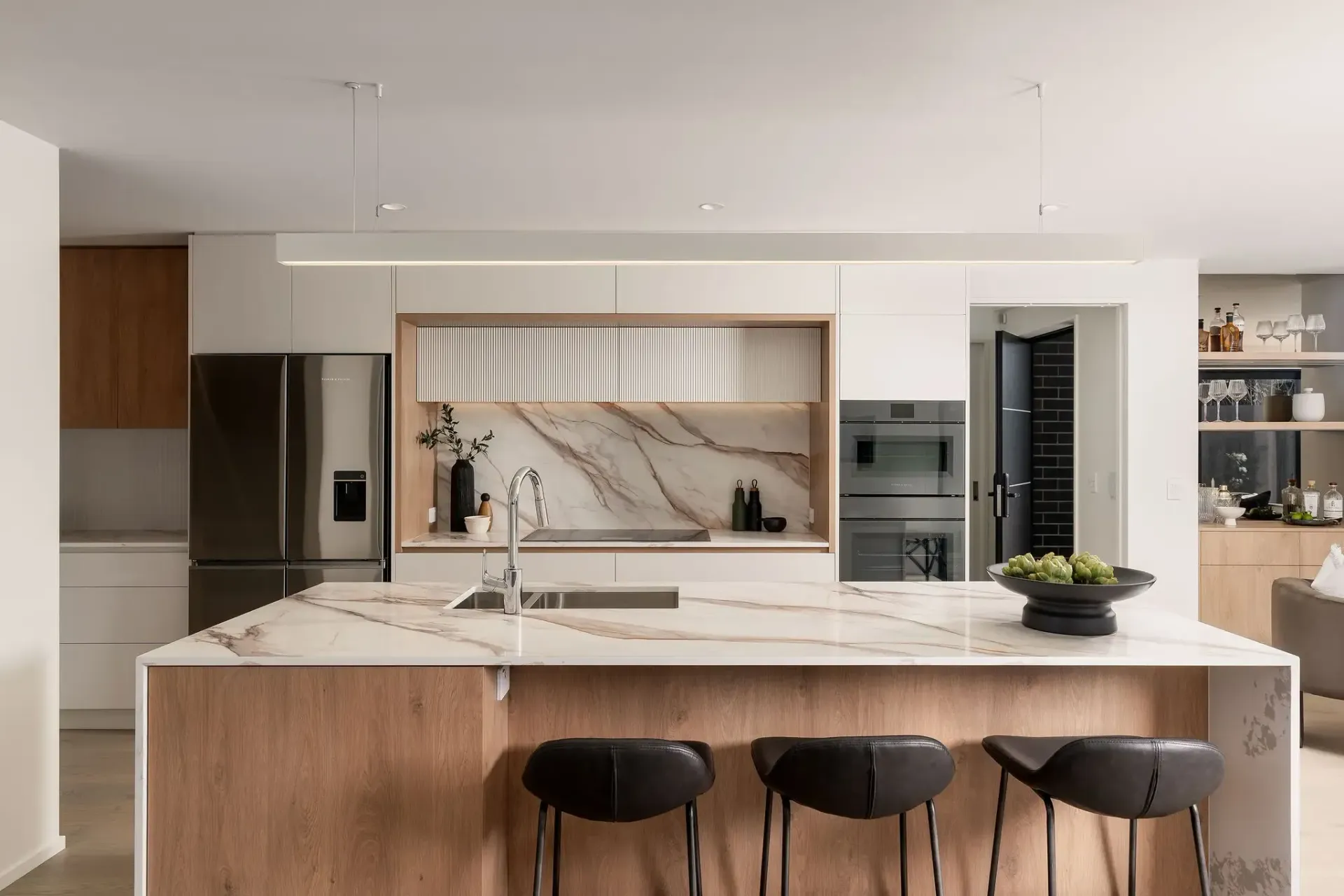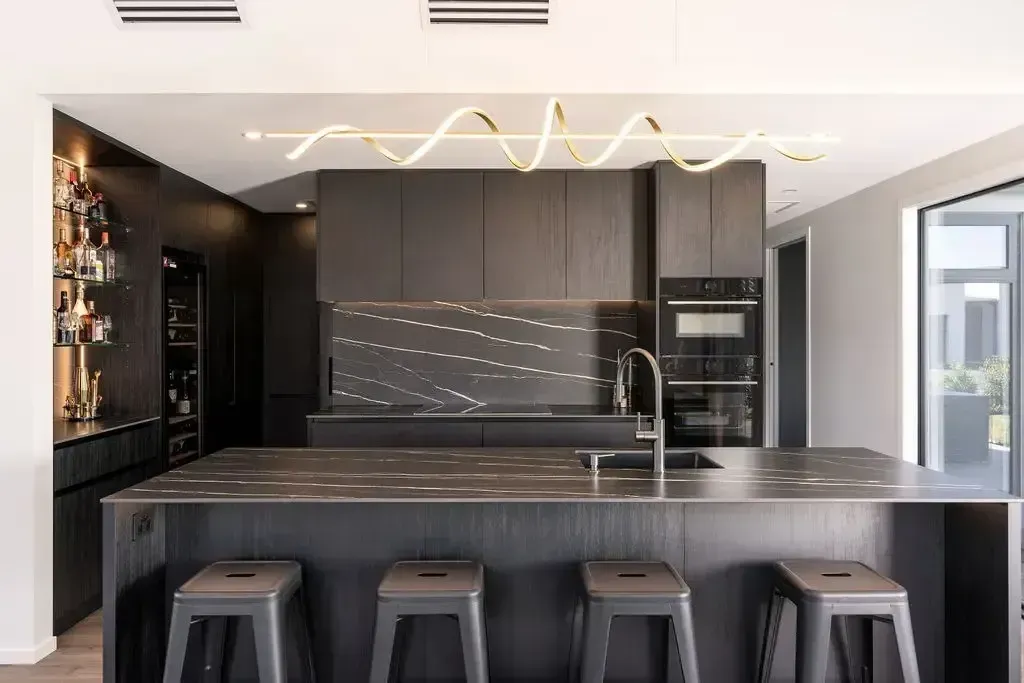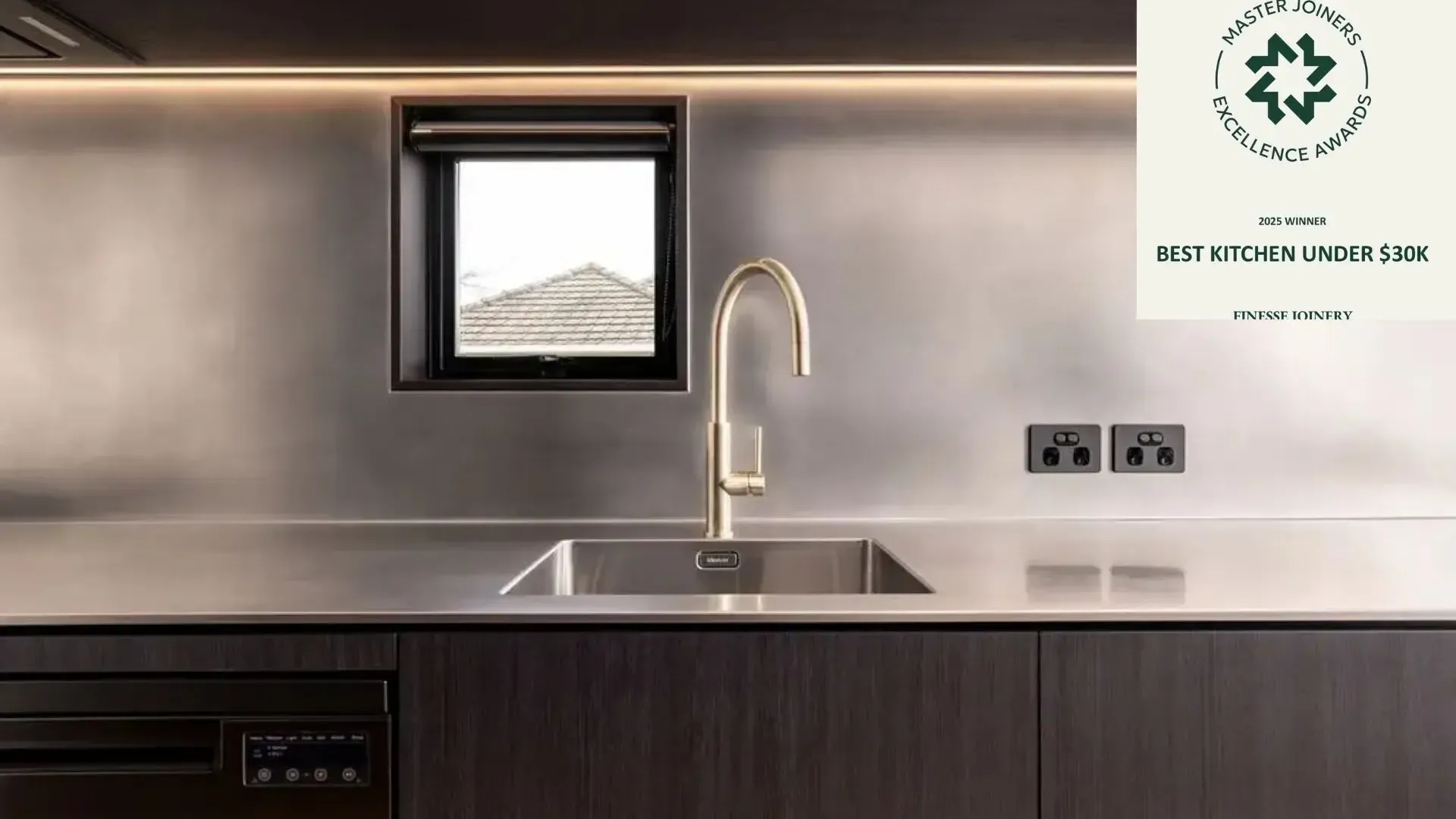From concept to reality: How to start your kitchen renovation journey
The kitchen is undeniably the heart of the home, serving as a hub for eating, socializing, working, playing, and living. Gone are the days when kitchens were solely for cooking. This evolution in use means that traditional kitchen layouts often fall short in meeting the demands of modern living. The solution? A kitchen renovation.
A
kitchen renovation is about more than just aesthetics; it’s about creating a practical, efficient, and enjoyable space. Investing in a new kitchen requires careful planning and design, as the right layout can significantly enhance your daily life and add value to your property. Making informed choices from the start is crucial for a lasting and functional kitchen.
How to Plan a New Kitchen Layout
1. Identify How You Want to Use the Kitchen Space
The first and most crucial step in planning a new kitchen is to clearly understand how you intend to use the space. This involves assessing your lifestyle and daily routines to determine the primary functions your kitchen needs to serve. Here are some questions to consider:
- Cooking and Meal Prep: Is your kitchen primarily a place for preparing meals? If so, consider how often you cook, the type of meals you prepare, and the kitchen appliances and tools you need within easy reach.
- Entertainment Hub: Do you like to entertain guests frequently? If your kitchen will double as an entertainment space, you might need an open layout that connects seamlessly with dining and living areas, as well as an island or bar seating for socializing.
- Work-from-Home Area: In the era of remote work, many people need a multi-functional space that includes a work area. Consider incorporating a small desk or workstation within the kitchen to accommodate this need.
- Family Activities: If you have children, think about how they will use the kitchen. Will they need a space for doing homework, or a safe area to engage in activities while you cook? Designing with these considerations in mind ensures that your kitchen meets the needs of every family member.
By defining these uses, you can tailor your kitchen layout to support your daily activities, creating a space that is both practical and enjoyable.
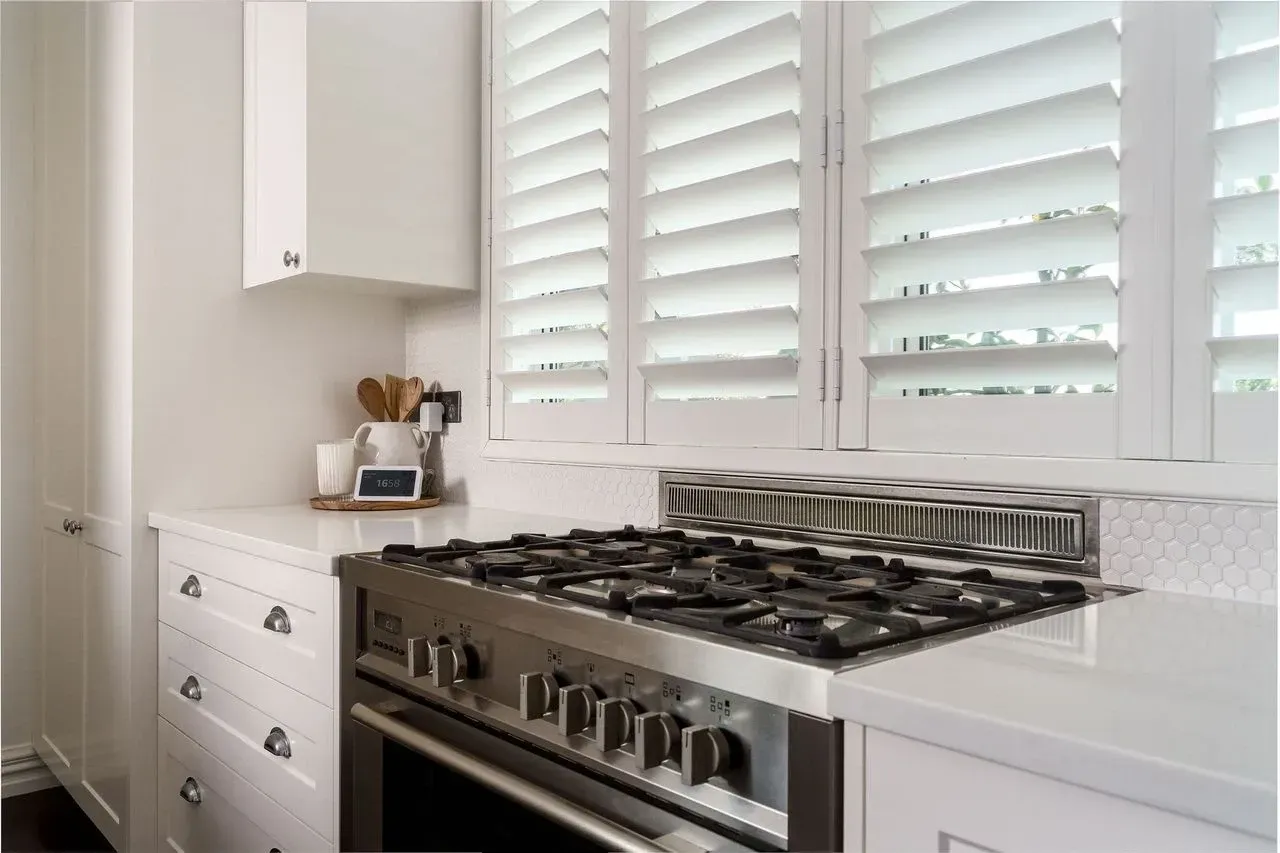
2. Note Existing Features
The next step is to take a detailed look at the existing features of your kitchen space. This involves understanding the architectural elements that can influence your design choices. Consider the following:
- Entrances and Exits: The placement of doors and windows will significantly impact your kitchen layout. Ensure that there is a natural flow and easy access to other rooms and outdoor areas. For example, a door leading to a garden might inspire the placement of a breakfast nook nearby.
- Architectural Features: Chimney breasts, skylights, and sloping ceilings add character to your kitchen but can also present design challenges. Use these features creatively – for instance, a chimney breast could be the perfect backdrop for a rustic range cooker, while skylights can flood the room with natural light, enhancing a bright and airy feel.
- Plumbing and Electrical Points: Existing plumbing and electrical points can determine the placement of sinks, dishwashers, ovens, and refrigerators. While it is possible to move these connections, it can increase the complexity and cost of your renovation.
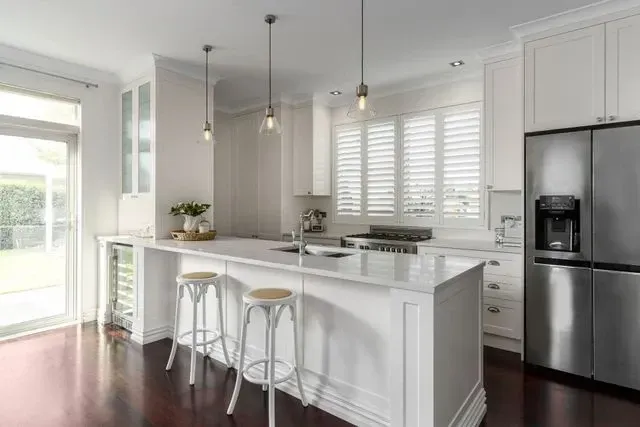
3. Define Your Style
Your personal style will greatly influence the design choices you make for your kitchen. It's important to select a style that not only appeals to you aesthetically but also complements the overall look of your home. Consider the following:
- Minimalist Contemporary: If you favor clean lines, uncluttered spaces, and a sleek, modern look, a minimalist contemporary kitchen might be for you. This style often features integrated appliances, handleless cabinets, and a monochromatic color palette.
- Traditional: For those who appreciate timeless charm, a traditional kitchen design might be the best fit. Think shaker cabinets, warm wood finishes, and classic fixtures. This style can evoke a sense of comfort and nostalgia.
- Transitional: Combining elements of both traditional and contemporary designs, a transitional kitchen offers a balanced, versatile look. This style allows for a mix of modern and classic features, creating a space that feels both current and inviting.
- Industrial: If you love the raw, unfinished look, an industrial kitchen with exposed brick, metal finishes, and reclaimed wood might suit your taste. This style often incorporates open shelving and vintage appliances.
When defining your style, consider how it will affect your layout choices. For instance, a minimalist kitchen may benefit from hidden storage solutions to maintain its clean appearance, while a traditional kitchen might feature a central island for additional workspace and storage. Ultimately, your kitchen should reflect your personal taste while providing a functional and ergonomic space.
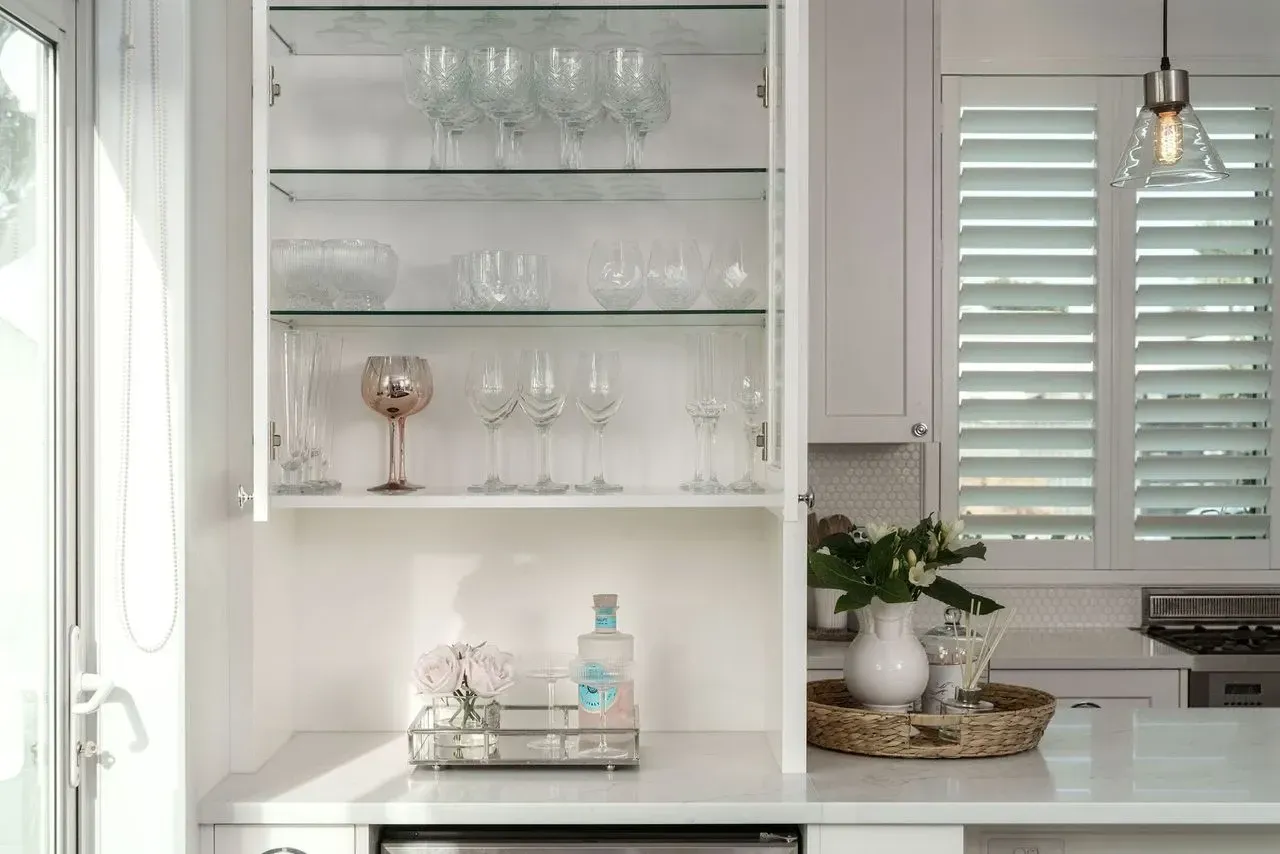
The Importance of a Good Kitchen Layout
Despite what magazines might suggest, the most crucial aspect of a kitchen renovation is the layout. A stunning bespoke kitchen is of little use if it doesn't meet your practical needs or is difficult to navigate. This is where professional kitchen design services shine. They provide valuable insights and innovative solutions to maximize your space without compromising on style or functionality.
It's easy to fall into the trap of replicating a layout without exploring other possibilities. However, a fresh perspective can reveal unique design opportunities. Today, custom pantry cupboards and multi-purpose workstations are viable options, offering flexibility that was once considered unattainable.
Why Choose Finesse Joinery for Your Kitchen Renovation?
At Finesse Joinery, our kitchen designers in Christchurch are experts in unlocking the full potential of your kitchen space. We work closely with you to ensure that the layout is tailored to your specific needs, blending function, comfort, and aesthetics seamlessly. Our goal is to create your dream kitchen, a space that is not only beautiful but also highly functional.
When you choose to work with Finesse Joinery, you gain access to a wealth of experience and creativity. Our designers provide personalised advice and guidance, helping you make informed decisions every step of the way. Whether you’re starting from scratch or renovating an existing kitchen, we’re here to turn your vision into reality.
Ready to transform your kitchen? Contact Finesse Joinery's kitchen designers in Christchurch for a comprehensive kitchen renovation. We offer a complimentary consultation to discuss your project and explore the possibilities.


